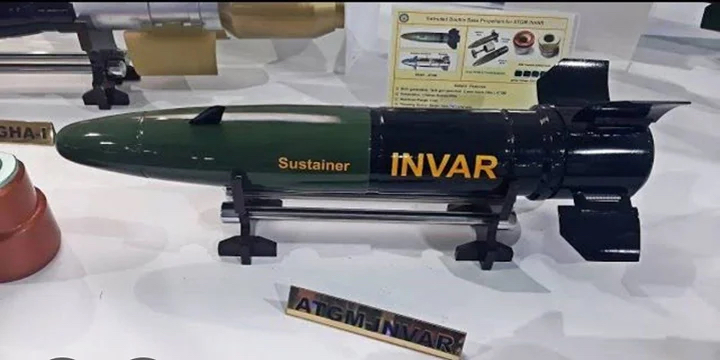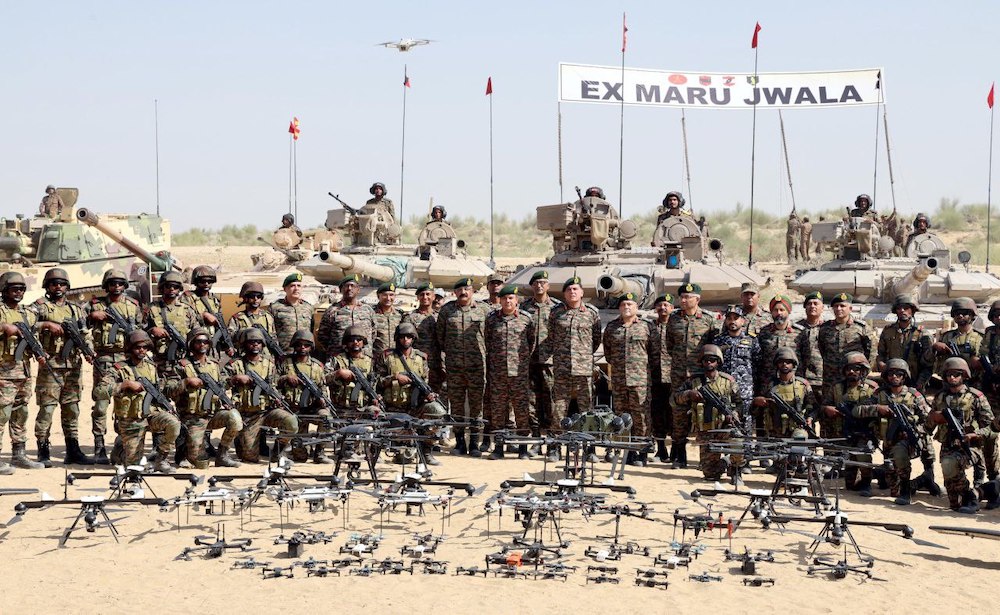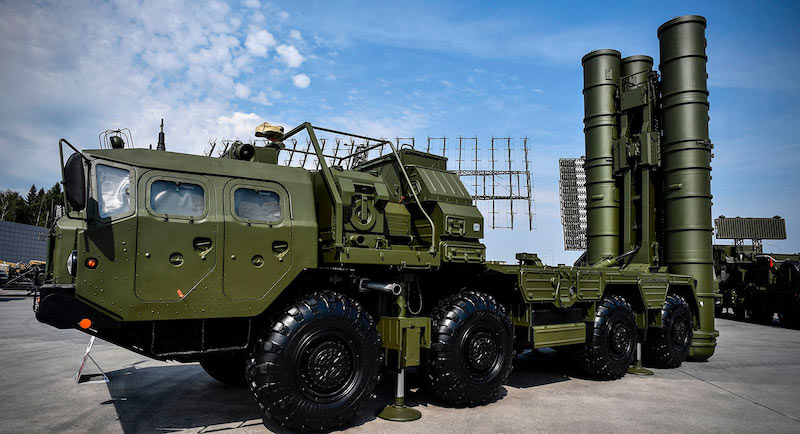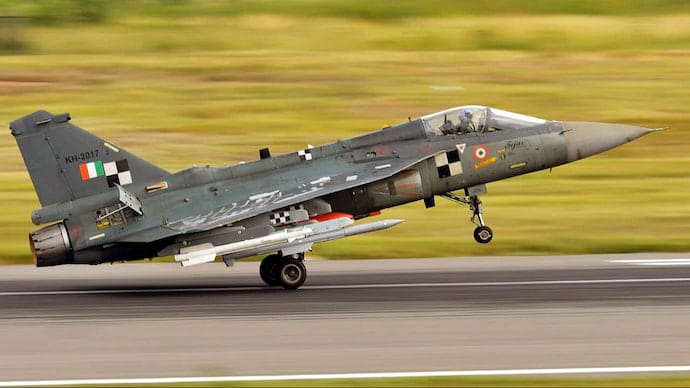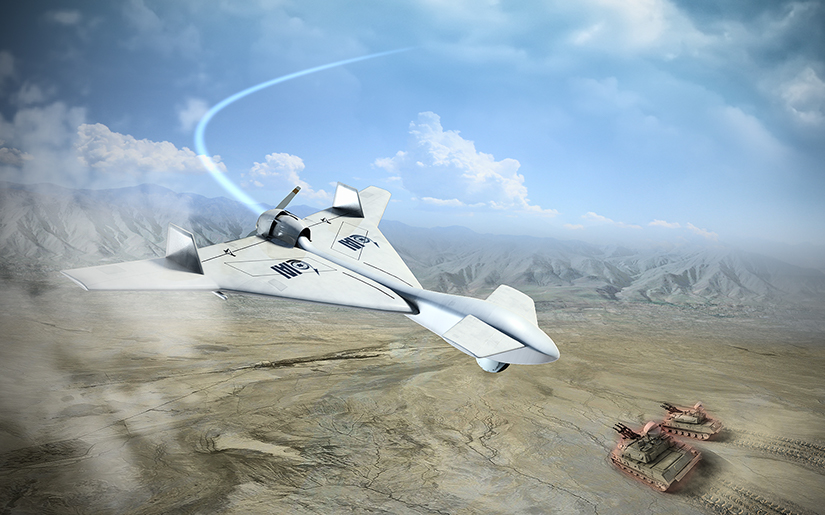 An artist’s impression of a Harop drone.
An artist’s impression of a Harop drone.
New Delhi: As tensions escalate across Southeast Asia, India has deployed Israeli-built Harop drones to conduct strategic strikes in Pakistan, targeting locations in Lahore and Karachi, defence officials confirmed on Thursday.
In an official statement, the Ministry of Defence said: “Indian armed forces targeted air-defence radars and systems at a number of locations in Pakistan. Indian response has been in the same domain with same intensity as Pakistan. It has been reliably learned that an air-defence system at Lahore has been neutralized."
Senior sources in the defence ministry revealed that multiple Harop drones were dispatched to several strategic locations, with particular focus on Pakistan’s two largest urban centres – Karachi and Lahore.
Sophisticated Weapons System
The Harop drone, manufactured by Israel Aircraft Industry (IAI), represents a cutting-edge category of weaponry known as loitering munitions. These systems are specifically designed for suppression or destruction of enemy air defences (SEAD/DEAD operations), with specialized capabilities to target radio frequency-emitting air-defence sensors.
Military analysts note that each Harop carries a 50-pound warhead and can be configured to perform multiple mission types simultaneously. A key tactical advantage of these systems is their ability to continue missions even when targeted radar sites go offline, utilizing advanced electro-optical systems to locate and engage objectives.
“These are precision weapons with significant tactical advantages,” explained a defence expert who requested anonymity. “Their dual characteristics as both UAV and missile make them particularly effective against high-value targets.”
Extended Operational Capabilities
Beyond air-defence systems, the Harop platform demonstrates versatility in engaging various ground targets, whether stationary or mobile. Its primary design focuses on neutralizing high-value assets including unmanned surface vessels, command posts, supply depots, tanks, and air defence networks.
With an operational range of approximately 600 miles and endurance of nine hours after launch, the system provides military planners with significant tactical flexibility. The platform can be operated either through direct man-in-the-loop control or autonomously, depending on mission requirements.
The deployment system utilizes canisters mounted on trucks or naval vessels, allowing for rapid mobilization across diverse terrains and operational environments. This flexibility has made the system increasingly popular among military forces facing sophisticated air defence networks.
Defence ministry officials declined to comment on the specific number of systems deployed or potential follow-up operations, stating only that “all necessary measures will be taken to ensure national security.”
International observers continue to monitor the situation closely as both nations have placed their armed forces on high alert. Diplomatic efforts to de-escalate tensions are reportedly underway through multiple channels.


